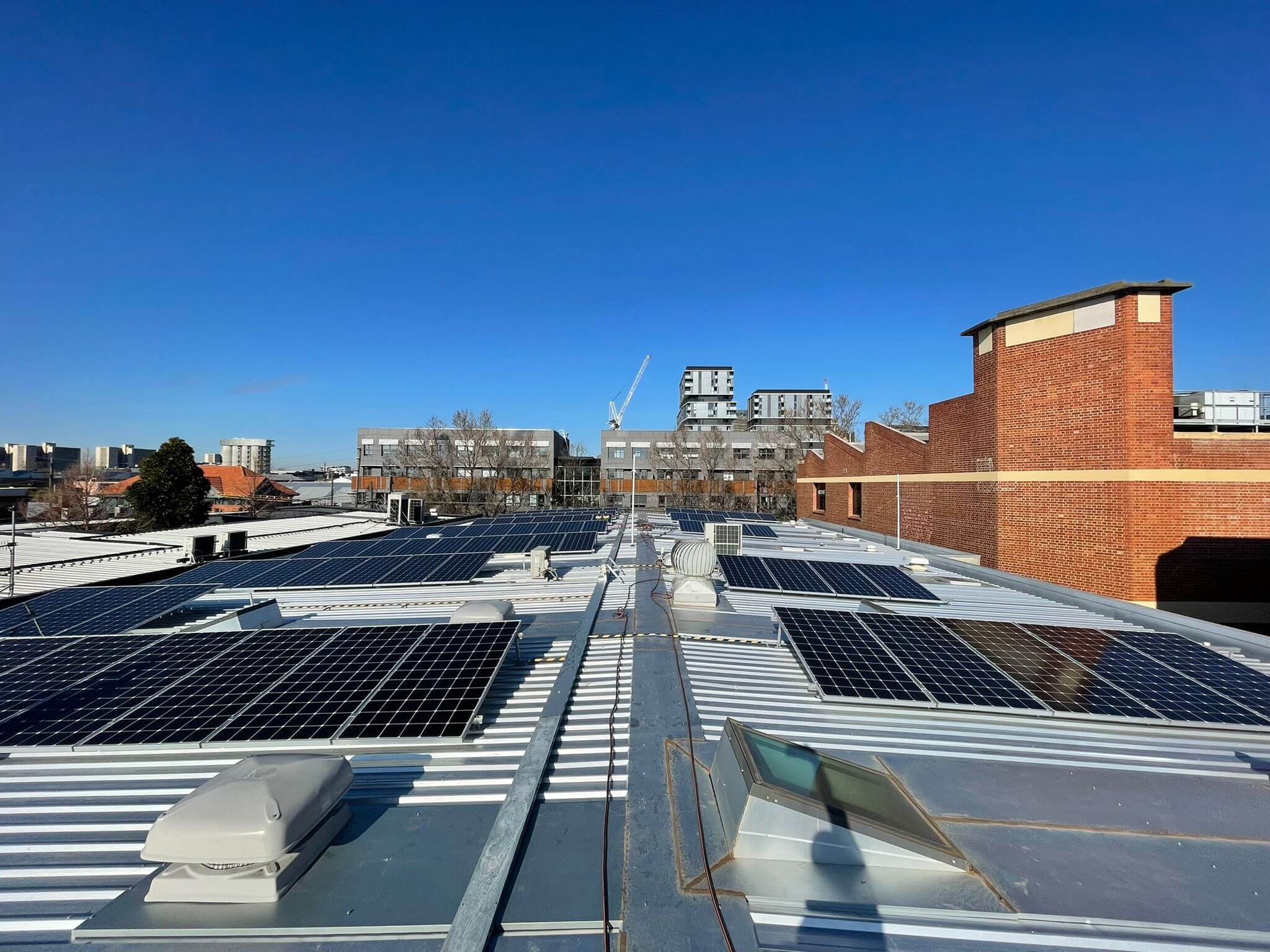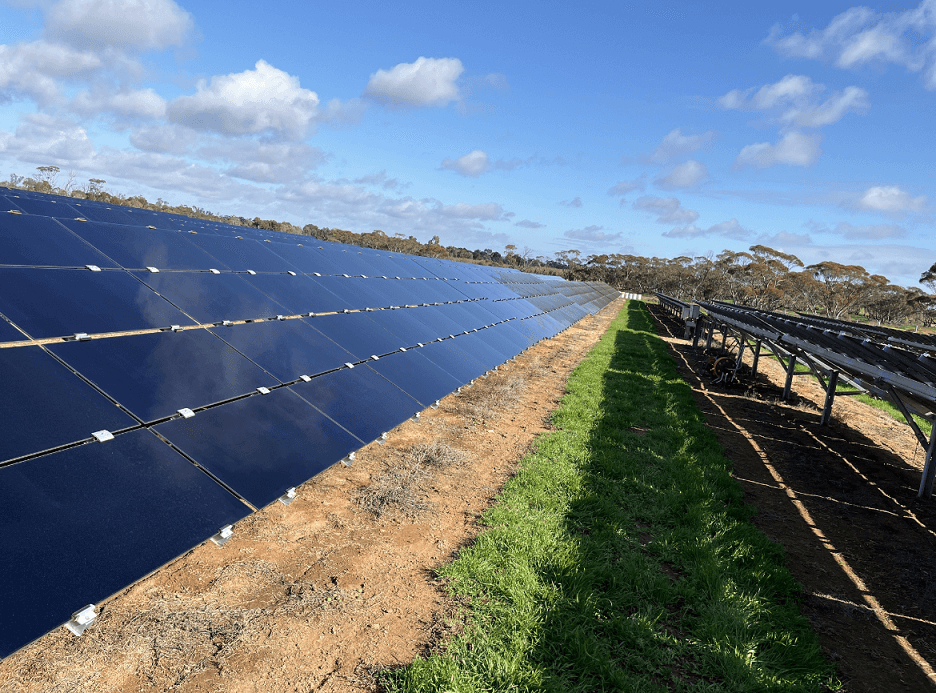Why Solar Maintenance Is Not Just About Solar Repairs

Many solar installations across Australia have been sold on the premise of ‘set and forget’, the idea that once the solar system is installed, it will run flawlessly for most of its design life. Therefore, it comes as no surprise that solar maintenance is typically understood to be a reactive process, only required once a system fault has occurred and solar repairs are required.
It should come as no surprise that just like most other assets on a facility, and in alignment with Australian Standards 5033, proactive maintenance and inspections on your solar asset(s) are critical in their effective and safe operation, and why industry bodies such as the Clean Energy Council [2] highly recommend its implementation.
Current data shows that outages and general system underperformance are widespread problems in Australia and worldwide. A recent study by the Clean Energy Regulator spotted that as many as 20% of solar energy systems in Australia were not meeting Australian requirements[1], potentially leading to premature failure and underperformance, and often going unnoticed until a safety incident occurs or a there is a spike in the electricity bill. There are often several reasons behind these issues which can be complex.
Solar Workmanship Warranties
The responsibilities and financial exposure of developers and installers often stop post the defect liability period (often 12 months). This leaves the solar energy system owner with the responsibility of monitoring and managing their systems, often necessitating a technical understanding of whether the system is performing optimally, judging the severity of faults when they arise, and finding the right technician to undertake the solar repair.
With different standards of solar panel installers in Australia that exist, the quality of the workmanship can vary significantly between projects. In many cases, solar panel systems’ faults can be traced back to sub-standard installation practices.

System Failures and Solar Repairs
The most common problems encountered across the industry are poor cable management, loose cable terminations, inadequate protection of components from weather conditions, and inverter faults. As a result, system underperformance, outages, and accelerated component degradation are regular occurrences, many of which cannot be picked up by remote monitoring alone, but solar panels require onsite inspection. Even roof fires caused by incorrectly installed or protected DC switch gear are not uncommon.

Component failures can equally lead to material uptime losses and onsite risks. A faulty inverter will take a significant part of the installation (if not all of it) offline, despite a connected solar array that is working perfectly fine. A single faulty solar power module can impact the energy output of all adjacent modules and disproportionally reduce the system’s energy yield.
External and Weather Factors
The necessity to install solar arrays outside means external factors cannot be discounted. Solar arrays harness sunlight and are always installed in full exposure to the elements. Weather events, and wear and tear, regularly cause significant damage to many parts of the built environment, and solar panel system installations are no exception.
There are a few weather scenarios to take into consideration.
- Severe wind can dislodge solar components not installed correctly or cause other unsecured objects to collide with the solar installation,
- Hail stones can damage or even shatter solar modules,
- Rain can cause water ingress in electrical components creating electrical shorts or fires, salt can create mounting corrosion,
- Dust storms or exhaust fumes deposit a layer of dirt on everything they engulf, causing significant soiling losses on solar arrays.

Industry-wide awareness around these issues has grown over the past years and it is now general consensus that the assumption of ‘set & forget’ in connection with a solar installation, and waiting for solar repairs to be required, is truly a thing of the past.
Ensuring Return on Investment
The solar panel’s installation often starts with an investment decision. While other drivers exist (grid independence, sustainability initiatives, etc.), many system installations are based on the expectation that the solar systems will generate some level of return on the initial investment. Solar company cases often provide a payback period that shows how many years the system will generate net profits. Net Present Value (NPV) and the Internal Rate of Return (IRR) are other means to quantify the viability of a solar installation for a given location.
However, all financial metrics have one thing in common. They are all based on the amount of renewable energy the system is expected to generate during its design life, month by month, year on year.
The solar panel performance is typically determined based on theoretical performance models which consider, among other items, the available sunlight and the energy conversion efficiency of the deployed system components. Extended system downtimes are typically not factored into these models. Faulty or underperforming solar installations can therefore drastically impact any solar panel manufacturers by increasing the payback period and reducing the return on investment.

Solar repair work, solar panel cleaning and reactive maintenance are critical tools needed to bring a faulty system back online or underperforming systems back on track. However, as the term ‘reactive’ suggests, action is only taken after a fault has occurred, and has built up to the point where it has been noticed. At that point in time, irreversible system generation losses have already materialized, and issues are far more expensive to rectify. Further, where component replacement is required, the shipping, handling, and installation of components such as inverters can add additional (often significant) downtime to a system outage.
Manufacturer’s Recommendations
It is clear that that leading inverter and module manufacturers, both in Australia and globally, highly recommend that the concept of ‘Preventative Maintenance’ in connection to solar is completed, not just solar repair work. In fact, SMA state “A properly maintained solar system can accelerate investment payback and increase yields by up to 30 percent”[3]. A preventative system maintenance approach includes a range of measures that can greatly improve system safety, uptime, and efficiency, and is necessary for identifying issues and risks that a monitoring platform cannot such as loose cables, corroded mounting, cracked seals, and dust/debris build-up.
It is clear that a structured operation and maintenance program, not just solar repairs, has tremendous benefits for the operation of a solar asset both for performance and safety reasons and why its implementation is supported by industry bodies and solar manufacturers alike.
To better understand how your solar system can best benefit from a solar panel maintenance solution, and what program would be most appropriate for your specific conditions, please contact Industrias Services Group.
References
[2] https://www.cleanenergycouncil.org.au/industry/installers/compliance-toolkit/standards
[3] https://www.sma-australia.com.au/service-support/operations-maintenance.html
Latest Reviews
Really useful and comprehensive article. I get the sense solar maintenance is not just solar cleaning.. ..
Thanks guys.
Hi,
It would be great to discuss this topic further in another article, if possible! Thanks
Solar maintenance is a complex task. Initially, I thought this can be handled internally but then I realised this is not something I could handle myself just for the sake of saving revenue.
Very comprehensive article. Thanks for sharing!